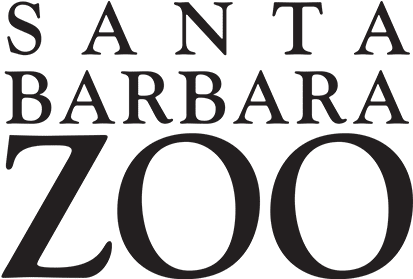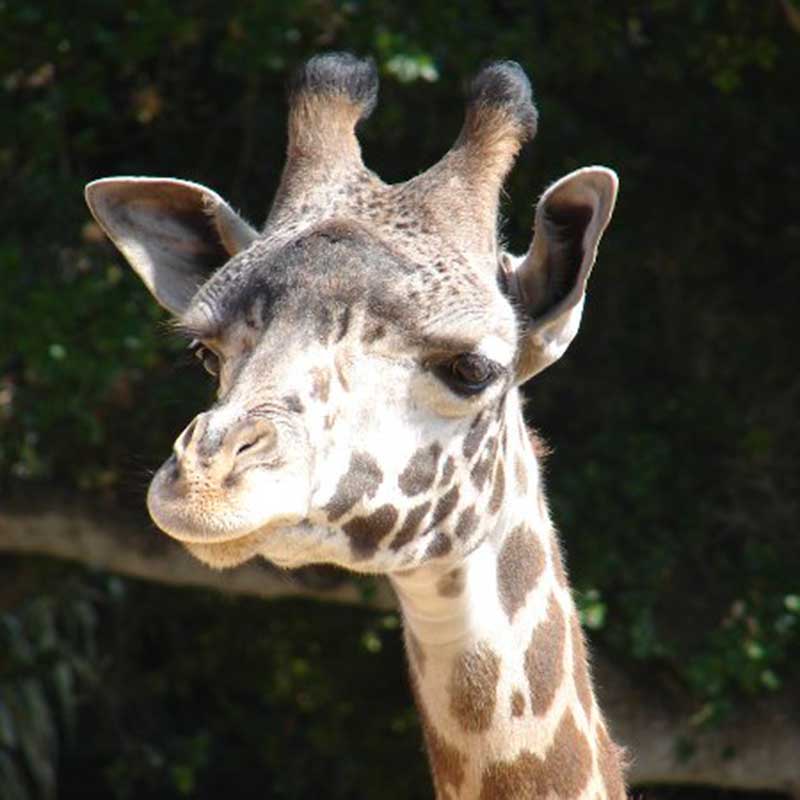
- Arrived from Los Angeles Zoo on March 10, 2010
- Was born in February 2008 at the Los Angeles Zoo and was hand-raised by keepers
- Has light-colored lips
- Is described by keepers as a great mother
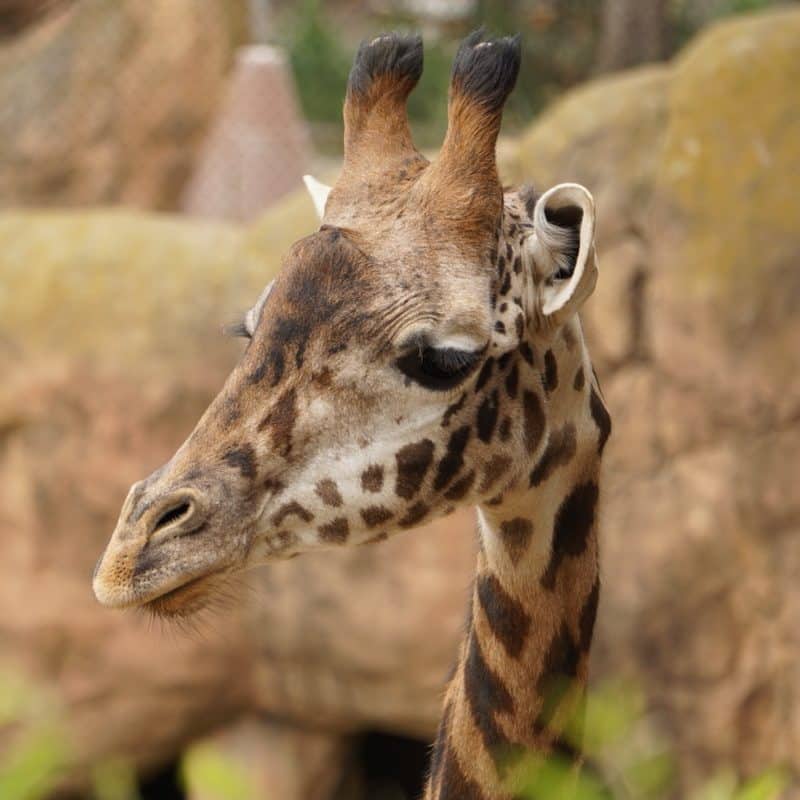
Theo
- Arrived from Cincinnati Zoo in Ohio in May 2023
- Is male and was born on November 23, 2019
- Enjoys meeting guests on the Giraffe Deck, keepers say he’s “sweet”
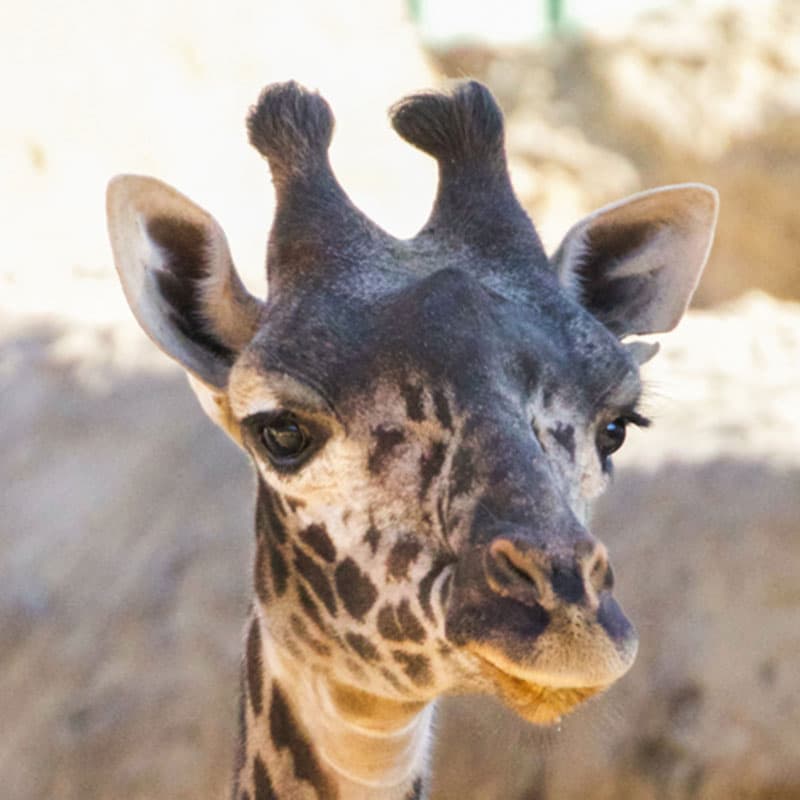
Adia
- Delivered her first calf, Twiga, on March 27, 2020
- Was born at Cleveland Zoo in Ohio
- Has a distinctively dark face and a notch in her left ear
- Gave birth to male calf Raymie on January 19, 2022
- Gave birth to female calf Malia on November 2, 2023
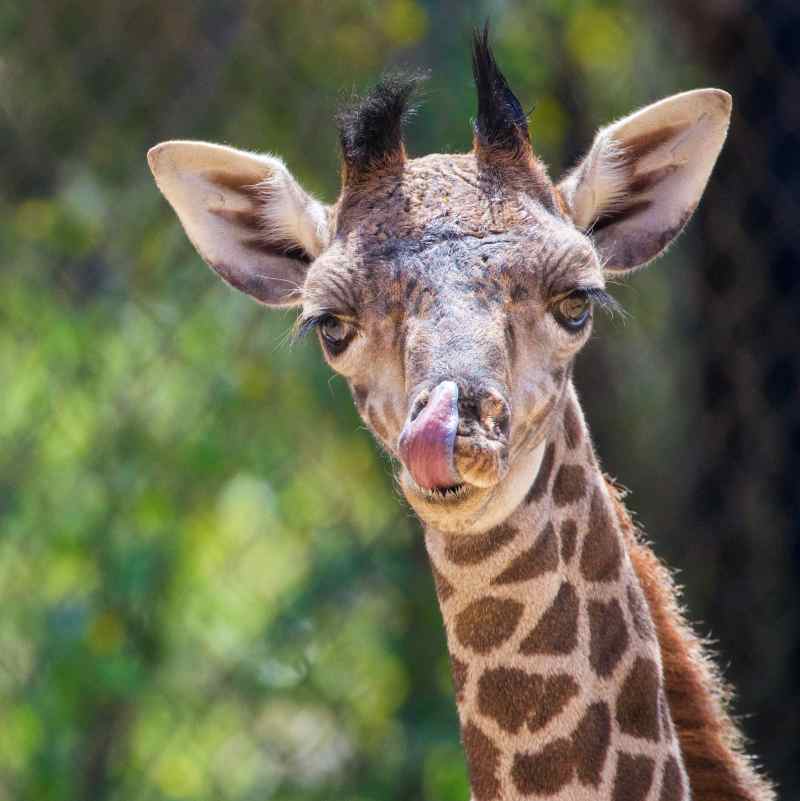
Raymie
- Is male, was born to Adia on January 19, 2022
- Is an inquisitive giraffe who likes to take things at his own pace, just like his mom
- Enjoys lying in the sunshine basking in the Santa Barbara sun
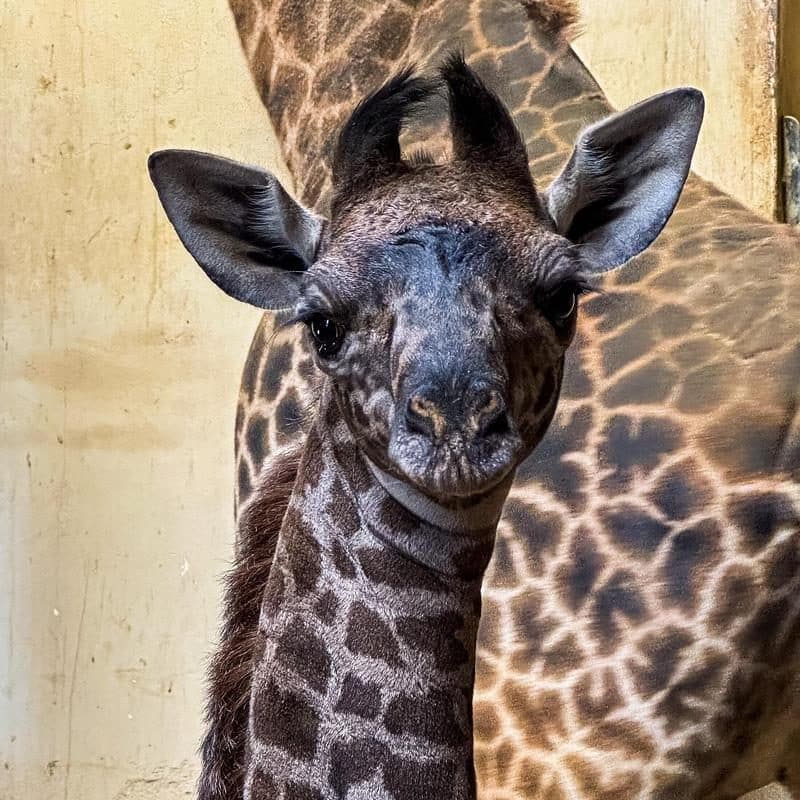
Malia
- Is a female calf, was born to Adia on November 2, 2023
- Was measured at a little over 6 feet tall and 152 lb. at her first medical exam
- Is very curious and alert
- Is the last of Michael’s progeny
Giraffe Family
The giraffe family here at the Santa Barbara Zoo is just a small part of the population of 123 Masai giraffes that live at 32 accredited zoos in North America. Since Michael was the most genetically valuable male Masai giraffe anywhere outside of Africa, our Zoo has played an important role in the overall population. This is why our adorable calves go off to start herds of their own (at other AZA-accredited zoos) and contribute their valuable genetics to the overall population.
Tallest in the Land
Giraffes are the tallest land mammal, and the Masai is the largest subspecies, growing to more than 17 feet tall and weighing 2,700 pounds. But even at that height, they have the same number of vertebrae in their necks as humans do.
Conservation Status
On July 11, 2019, the IUCN announced that Masai giraffes are now endangered, primarily because of poaching and changes in land use. Of the nine subspecies of giraffes, Masai (the largest) and reticulated giraffes are endangered, and Nubian and Kordofan giraffes are critically endangered. There are an estimated 35,000 Masai giraffes currently, but their population has fallen by nearly 50% in the last three decades. Africa’s overall giraffe population has decreased by about 40% in that same timeframe.
Feed the Giraffes
When you have a giraffe encounter at the Zoo’s giraffe feeding deck, you help save endangered species in the wild. A portion of each feeding goes to both giraffe conservation in Africa and also to conservation efforts for local animals such as California condors, island foxes, and Western pond turtles.


